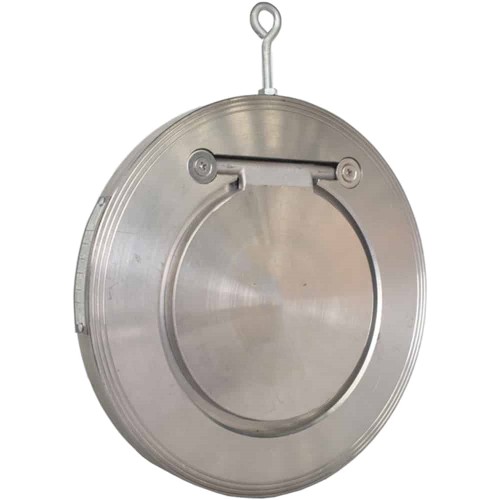pipes valves and fittings
Understanding Pipes, Valves, and Fittings Essential Components for Fluid Transport
In the realm of fluid transport, the trio of pipes, valves, and fittings serves as the backbone of most plumbing and industrial systems. Each component plays a vital role in ensuring the efficient and safe movement of liquids and gases through various environments, from residential plumbing to complex industrial applications.
Pipes The Conduits of Flow
Pipes are cylindrical tubes designed to transport fluids from one location to another. They come in various sizes, materials, and specifications to cater to a diverse array of applications. The most common materials used for pipes include PVC (Polyvinyl Chloride), CPVC (Chlorinated Polyvinyl Chloride), copper, steel, and rubber. Each material has its advantages and is chosen based on factors such as the type of fluid being transported, temperature, pressure requirements, and environmental conditions.
For instance, PVC pipes are popular in residential plumbing due to their resistance to corrosion, lightweight nature, and low cost, making them ideal for water supply and drainage systems. On the other hand, stainless steel pipes are commonly used in industrial settings because of their strength and ability to withstand high temperatures and pressures, which is crucial for transporting hot liquids and gases.
Valves The Control Mechanisms
Valves act as control devices that regulate the flow and pressure of fluids within piping systems. They can be manually operated or automated and come in various types, including gate valves, globe valves, ball valves, and check valves. Each type serves a specific purpose, allowing for either flow control, shut-off capabilities, or backflow prevention.
For example, gate valves are primarily used for on-off control with minimal pressure drop when fully open, making them suitable for applications that require infrequent operation. In contrast, globe valves offer better throttling capabilities, allowing for precise flow control, which is essential in systems where maintaining specific flow rates is critical.
Moreover, in industrial applications, automated valves are increasingly popular. These valves utilize electric or pneumatic actuators for remote operation and improved efficiency, ensuring that systems can respond dynamically to varying operational conditions.
pipes valves and fittings

Fittings The Connectors
Fittings are the versatile components used to connect pipes, change direction, or terminate them. They come in myriad shapes and sizes, including elbows, tees, reducers, and couplings. These components are crucial for creating a seamless flow path and can accommodate changes in the pipeline's direction, branch off to other pipelines, or connect different diameters of pipes.
For instance, a 90-degree elbow fitting is essential for redirecting fluid flow around obstacles, while a tee fitting allows for the branching of the flow into two separate directions. Proper fitting selection ensures that there are minimal points of turbulence and that the overall system remains efficient and reliable.
The Importance of Quality and Standards
In any piping system, the quality of pipes, valves, and fittings significantly influences overall performance and longevity. It's essential to choose components that meet industry standards, as this ensures not only safety but also compliance with regulatory requirements.
Additionally, installation practices play a critical role in the efficacy of piping systems. Proper alignment, secure connections, and appropriate sealing techniques are necessary to prevent leaks and failures, which could result in costly repairs or even hazardous situations.
Conclusion
Pipes, valves, and fittings are indispensable in the efficient transport of fluids in both residential and industrial settings. Understanding their functions, types, and proper applications can mean the difference between a reliable system and one prone to failures. As technology advances, the industry continues to innovate, providing new materials and designs that enhance performance and safety, making the mastery of these components more crucial than ever.
-
Breakthrough in Domestic Low Temperature Valve Technology in ChinaNewsAug.18,2025
-
From Machinery to Intelligent Brain: The Digital Transformation Wave of the Valve IndustryNewsAug.18,2025
-
PCVEXPO 2025NewsAug.18,2025
-
The Key to Fluid Control: Exploring the Advantages of Ball Valves in Industrial SystemsNewsJul.09,2025
-
The Versatile World of 1, 2, and 3 Piece Ball ValvesNewsJul.09,2025
-
Stainless Steel Ball Valves: The Ideal Choice for Efficient Flow ControlNewsJul.09,2025
-
Optimizing Fluid Control with Ball Float ValvesNewsJul.09,2025




